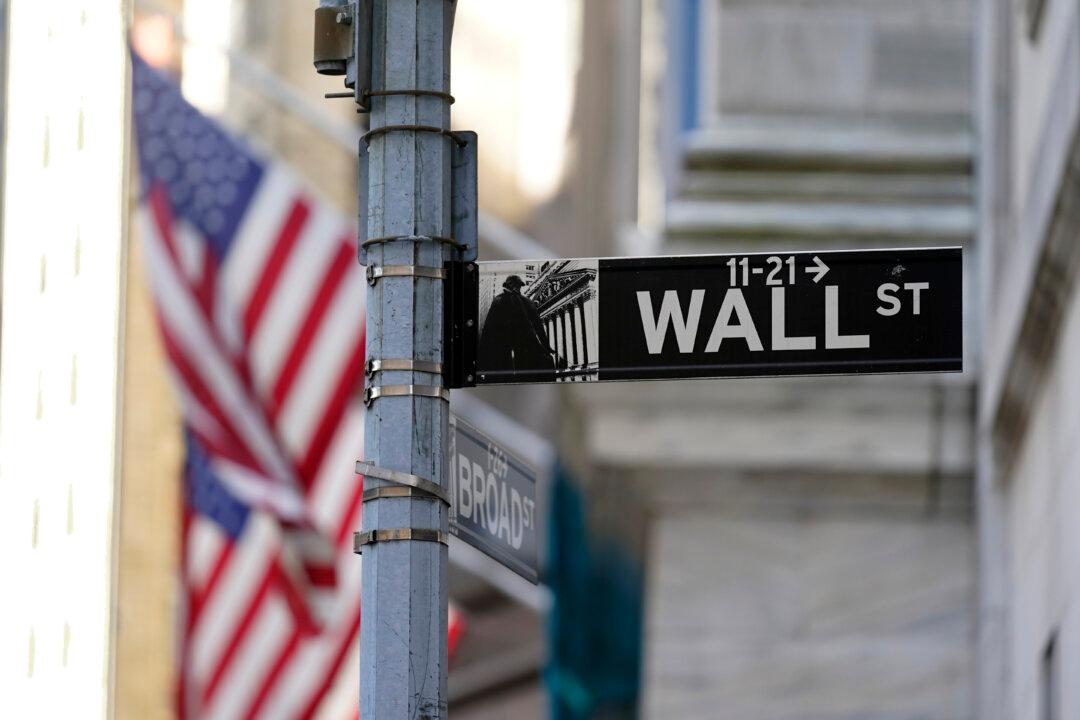Stocks ended broadly higher on Wall Street Tuesday, as some of the most breathtaking moves from a manic Monday reversed course.
The S&P 500 rose 1.7 percent after a report showed inflation is still high but heading lower. Stocks of smaller and mid-sized banks recovered some of their prior plunges caused by worries that customers could yank out all their cash. Treasury yields soared to trim their historic drops.





